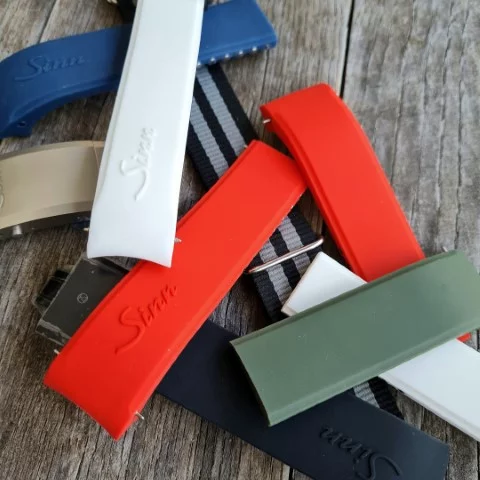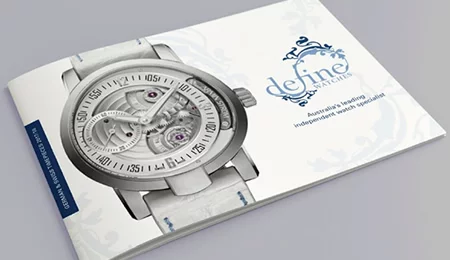- Independent Watch Brands
- Worldwide Priority Delivery
- Secure Online Ordering
- Prices in AUD
watches
Explore By Lifestyle
Explore by Watch Brand
Bands & Clasps
Accessories & Tools
Gift Vouchers
News, Guides & Media
Catalogues
Gallery
SUbscribe To our News
Stay up-to-date by subscribing to our regular email newsletter
About Define Watches
Purchasing from Us
Information
Support
Define Watches is the largest stockist of independently owned Swiss, German, and Austrian watch brands in Australia & New Zealand, and some worldwide.
Define Imports Pty Ltd T/A Define Watches
ABN 69 132 695 080Need help with a watch selecting or something else? Contact us here
Visit our Noosa Boutique
Stay Connected
Contact Sales
Contact Service
For product and sales enquiries
For service or warranty requests and enquiries
Define Watches Service Centre
Epworth Building Suite 423
33 Pirie Street
Adelaide SA 5000NB: PLEASE don’t call as this takes the watchmaker away from the workbench… thanks for understanding.





